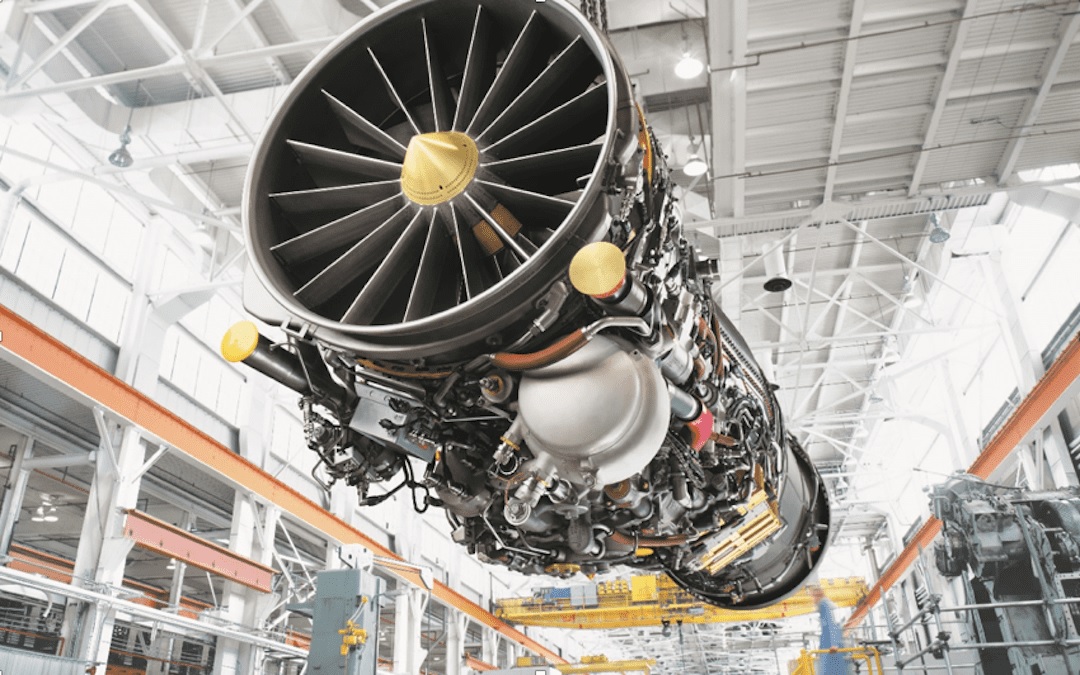US Reluctance to Share Full F414 Engine Tech with India Amid Concerns Over Russia Ties

India’s ambition to join the elite group of nations capable of producing indigenous fighter jet engines has encountered a potential roadblock. As the country pushes forward with plans to develop a state-of-the-art engine for its next-generation fighter jets, a key offer from the United States to co-develop the F414 jet engine has sparked concerns over intellectual property sharing. According to a report by the *Financial Times*, the US is wary of fully transferring this critical technology to India, citing the close defence ties between New Delhi and Moscow as a cause for hesitation.
The F414 engine, designed by General Electric (GE), is a powerful jet engine widely used in advanced fighter aircraft like the F/A-18 Super Hornet and the Saab Gripen. It is considered one of the most advanced in its class, offering exceptional thrust and reliability. The potential for India to manufacture this engine domestically would be a major boost for its defence industry, which seeks to reduce reliance on foreign imports and expand its domestic production capabilities. However, the US’s reluctance stems from fears that sensitive technology could be indirectly shared with Russia, a long-time defence partner of India.
While India has maintained strong ties with Russia, especially in terms of military equipment, it has also deepened its strategic relationship with the US in recent years, signing key defence agreements and participating in joint military exercises. Despite these closer ties, Washington remains cautious about transferring the full intellectual property of the F414 engine, particularly with the ongoing geopolitical tensions surrounding Russia.
Instead of offering a complete transfer of technology, the US is proposing a co-development model that would allow India to produce the engine but with some critical aspects of the intellectual property withheld. This offer contrasts with those of France’s Safran and the UK’s Rolls-Royce, both of which have presented proposals that include full IP transfer. These offers would give India greater control over the engine's design, production, and export potential, something that would be a significant leap in India’s drive for self-reliance in defence technology.
Safran’s chairman, Ross McInnes, recently emphasized the French company’s commitment to offering full IP rights during India’s Defence Conclave. He drew a direct comparison to the US’s partial offer, stating that Safran’s willingness to share all engine technology sets them apart from "other western partners." Rolls-Royce, meanwhile, has proposed collaborating with Hindustan Aeronautics Limited (HAL) to develop a custom engine for India’s Advanced Medium Combat Aircraft (AMCA) program, which aims to produce a fifth-generation fighter jet. Both companies see India’s push for indigenous technology as an opportunity to secure a foothold in one of the world’s fastest-growing defence markets.
The US’s cautious approach reflects the delicate balance of maintaining a strategic partnership with India while avoiding any potential leakage of sensitive technology to Russia. Analysts believe that despite the limitations on IP transfer, GE’s offer remains strong due to the strategic partnership between India and the US. Amit Cowshish, a former senior defence official in India, noted that Washington’s global influence could play a crucial role in India’s decision-making process.
"The Americans have a significant clout globally, and their defence ties with India are stronger than ever. This might give them an edge, even though they’re not offering full IP rights," Cowshish commented.
For India, the decision is about more than just acquiring advanced technology. It’s also about balancing long-term strategic relationships, reducing dependency on foreign imports, and ensuring autonomy over co-developed systems. Joining the ranks of countries capable of producing fighter jet engines would represent a monumental step forward for India’s defence capabilities and solidify its position as an emerging global power in military technology.
As India evaluates the various offers on the table, its decision will have far-reaching implications, not only for its future military preparedness but also for its relationships with key global players. Should India opt for the US’s offer, it would deepen its strategic ties with Washington, but with the caveat of limited control over the F414 technology. If it chooses Safran or Rolls-Royce, it could gain full access to the intellectual property but at the expense of not strengthening its partnership with the US to the same degree.
In the end, India’s choice will likely come down to a careful assessment of its long-term defence and strategic interests, with the potential to reshape its defence manufacturing capabilities for decades to come.


